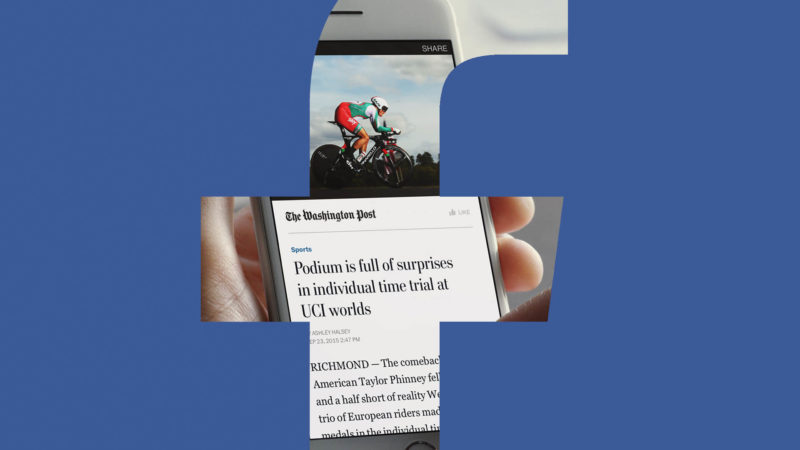Facebook details Instant Article subscription program as test launch nears
The Economist, The Los Angeles Times and The Washington Post are among the initial 13 publications to put their Instant Articles behind a paywall.

Facebook confirmed earlier this year that it planned to start testing a subscription program for Instant Articles as soon as October. On Thursday, the company said that test will begin “over the next few weeks” and offered details, including how those subscriptions will work and which publishers have signed on to put their articles for Facebook (mobile only) behind a paywall.
Initially, the test will be limited to people in the US and Europe who access Facebook through Android phones. According to Recode, Facebook has reached an impasse with Apple over the iPhone maker’s 30-percent tax on iOS app’s subscription revenue. Facebook plans to give publishers 100 percent of the subscription revenue.
By enabling publishers to sell subscriptions against their Instant Articles, Facebook hopes to keep publishers from pulling back on its proprietary article format, which provides Facebook with inventory to sell to advertisers. While Facebook claims to pay more than $1 million a day to Instant Articles publishers from the ads it sells against those articles, that money has not been enough to stop major media companies, including The New York Times, Vice News and Forbes, from abandoning Instant Articles.
The initial publishers to participate in the subscription program are Bild, The Boston Globe, The Economist, Hearst (The Houston Chronicle and The San Francisco Chronicle), La Repubblica, Le Parisien, Der Spiegel, The Telegraph, tronc (The Baltimore Sun, The Los Angeles Times, and The San Diego Union-Tribune) and The Washington Post.
Facebook is giving these publishers two subscription options. A publisher can opt to adopt a metered paywall, allowing a reader to access 10 Instant Articles in a month for free but requiring them to sign up for a paid subscription to access more. Or a publisher can pick a freemium model, in which it chooses which individual Instant Articles to make available only to paid subscribers and which to open for free to anyone on Facebook.
Whichever the option, publishers will control the subscription flow, and Facebook will not take a cut of the revenue. People will be directed to a publisher’s site to sign up for a subscription, and people who already subscribe to a publication will be able to authenticate that subscription through Facebook to access the publisher’s Instant Articles.
“The publisher and subscriber relationship will work the same way it does on their own sites today where the publisher has direct access and full control, including setting pricing and owning subscriber data,” according to a Facebook blog post.
To get people to sign up for these subscriptions, Facebook will test adding “Subscribe” buttons in place of the “Like” button atop Instant Articles. The company will also insert subscription call-to-action buttons within Instant Articles. In April 2017, Facebook began testing similar call-to-action buttons for people to sign up for a free trial subscription.
Contributing authors are invited to create content for MarTech and are chosen for their expertise and contribution to the search community. Our contributors work under the oversight of the editorial staff and contributions are checked for quality and relevance to our readers. MarTech is owned by Semrush. Contributor was not asked to make any direct or indirect mentions of Semrush. The opinions they express are their own.
Related stories